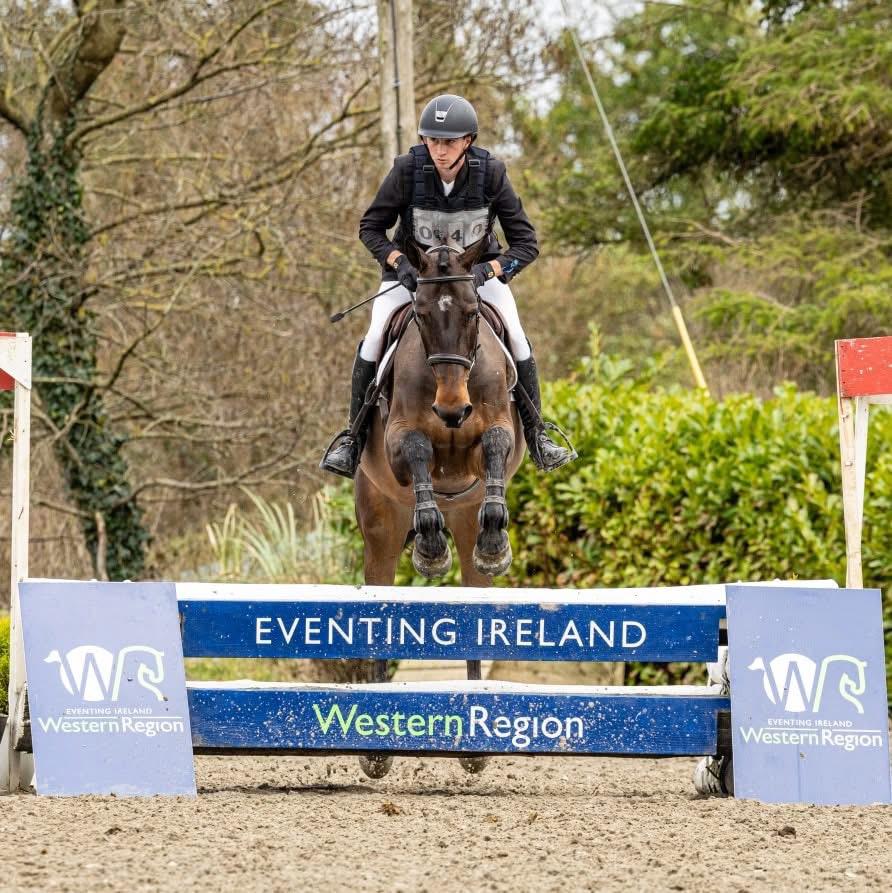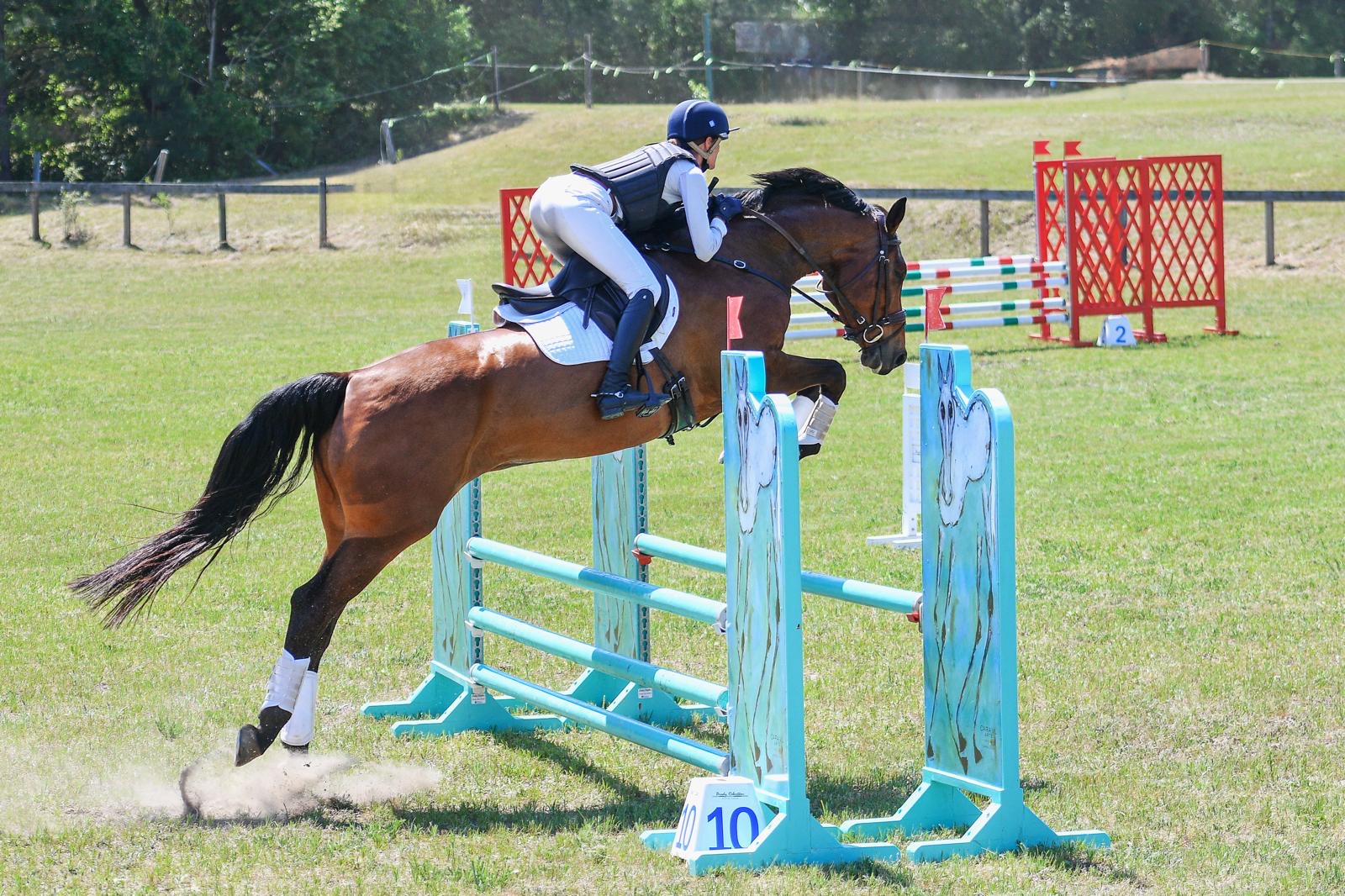The USEA’s proposed rule changes, which would restructure various aspects of the Beginner Novice through Preliminary levels in the U.S., have created quite a buzz in the eventing community this week, with plenty of discussion taking place both in favor of and in opposition to the overhaul.
We caught up with USEA CEO Jo Whitehouse and Tremaine Cooper, co-chair of the USEA’s Eventing Course Designers and Builders Committee, to answer some of the most commonly asked questions about the proposal.
For a bit of background, the members of the Eventing Course Designers and Builders Committee developed the rule changes in partnership with many of the country’s top course designers. The proposal was submitted to the USEA Board of Governors during the August meeting and approved in its current draft form.
The rule changes will be discussed at the USEA Annual Convention in Fort Worth, Texas, in December before being put forward at the USEF Annual Meeting in Lexington, Ky., in January. If approved, the new rules would not go into effect until Dec. 1, 2015, for the 2016 eventing season.
Why a rule change?
To fully understand the intent of the rule, Tremaine said it’s important to read both parts together — the changes proposed to EV140 as well as the wording adjustments to the Levels of Horse Trials appendix in the USEF rulebook. Click here to read the proposed wording changes if you haven’t already.
“In the current rulebook, there’s a description of what’s expected at each level, but it hasn’t been updated in quite awhile,” Tremaine said. “We’ve received comments and complaints that jumps were showing up on courses that weren’t appropriate for the level, and we were asked to look at the wording of what’s expected at each level.
“From our point of view, that’s one of the most important things about the rule change,” Tremaine said. “The intent is not to make the lower levels harder. The intent is to make sure there’s a logical progression in the levels, let people know what to expect at each level and make sure designers are asking certain questions at each level.”
Why a speed change?
The proposed change in optimum speeds and the speed at which riders are given time faults has caused concern, and Tremaine said the change in speeds is meant to promote better horsemanship. “I’ve again and again watched horses that are going at a perfectly good pace end up circling at the end of the course (to avoid speed faults), which doesn’t promote good horsemanship and training.
“The idea is to have the speeds set at a pace that’s appropriate for jumping the heights of the jumps, as well as to ensure you don’t have to be circling again and again at the end of the course,” Tremaine said.
In addition to avoiding circles, Jo said she hopes the rule change proposal will encourage people to learn to ride to time. “Whether or not this rule gets approved, the thing that is vital is that people learn pace,” Jo said. “They need to learn to go steady. This is not an excuse for the lower level riders to think they have to go fast. The point is to learn pace, to ride the course and the horse, not the clock. We want people to ride the course in a safe, steady manner.”
Tremaine agreed he hopes the new rule will encourage people to rely less on their watch and more on their feel for speed and pace. “It’s not that we want everyone to go faster,” he said. “A lot of people could go the same speed or slower without circling and make the new time. We’re not asking people to go twice as fast as they’re already going.
“What we hope is that people will ride a little bit less off their watches and learn speed and pace,” he said. “I see a lot of people riding against their watch and not feeling what’s underneath them, so this is a chance to encourage them to become better at judging pace and speed.”
As for riders who might use the rule as an excuse to go too fast, Tremaine said the sport has the tools in place to guard against that. “In that type of case, the technical delegate is always watching to make sure people are riding safely. This does not give anyone license to go mach one.”
What about the ‘career riders’?
A group the USEA fondly refers to as “career riders” — riders comfortable at their chosen level who have no plans to progress beyond that — have also raised concern about the proposed changes, and Jo said the board spent a lot of time talking about these riders at the August meeting.
“The Membership Committee and Professional Horseman’s Council have been working on ensuring the Beginner Novice and Novice levels remain very friendly and welcoming to people coming into the sport, as well as the ‘career riders’ who plan to stay at that level,” Jo said.
“Every level has riders who are comfortable and who don’t want to move beyond that, but then there’s the feeling that a lot of people do want to move up,” and the concept of creating a logical progression between the levels became a major catalyst for the proposed rule changes, Jo said.
The USEA is in a bit of a Catch-22 in that the organization caters to a variety of different types of riders at the lower levels, like the career riders who never want to move beyond their level, professional riders preparing young horses for the upper levels and young riders with upper-level aspirations.
Looking at the levels USEA members competed at in 2014, it’s hard to ignore the fact that the vast majority are competing at Beginner Novice, Novice and Training. These statistics provided by the USEA show the experience level of eventers who competed this year:
• 1,959 riders have never competed above Beginner Novice
• 2,540 riders have never competed above Novice
• 1,787 riders have never competed above Training
• 986 riders have never competed above Preliminary
• 328 riders have never competed above Intermediate
• 189 riders competed at Advanced
That means more than 90 percent of active eventers in the U.S. are currently only competing at the levels affected by the rule changes, a fact of which Jo is well aware: “The majority of our members are competing at the Beginner Novice through Training level, and we need to make sure there is a place for them to compete and keep it fun and safe for them,” she said.
The new proposed show jumping heights align with the concept of trying not to exclude the “career rider” while still preparing riders looking to move up a level, Tremaine said.
“We came up with the idea that an event could have two different jumps that were a couple inches taller in show jumping,” Tremaine said. “One idea that was discussed was that the higher jump could have an option. This allows us to introduce jumps that are a little higher in a phase where it’s safer because the jumps come down.”
And on cross country, “the intention is not to all of a sudden make Beginner Novice unattainable to someone who is comfortable at that level,” Tremaine said. “If you’ve been riding Beginner Novice for however many years, most people won’t see the difference, except they won’t be surprised by things they weren’t expecting.”
Creating consistency in course design
As a course designer, Tremaine said a major goal in proposing the rule changes is to create consistency in the types of questions asked at each level so riders know what to expect when they enter an event.
“If you look at the entire proposal, the whole intent is to redefine the levels and make sure everyone knows what they can expect at Beginner Novice and so on,” Tremaine said. “In doing that, we’re not trying to make the sport harder or the levels less attainable for riders who compete at Beginner Novice and Novice.”
Jo said the issue of ensuring riders know what to expect when they go to an event has plagued the USEA for a long time. “It’s an age old question we’ve been tussling with for as long as I can remember,” she said.
“We constantly have people calling saying the omnibus isn’t telling them what’s on course. Riders still find they go to their tried and tested events thinking they know what to expect and suddenly find it’s beefed up when they get there,” Jo said.
With that in mind, she hopes the proposed wording adjustments to the Levels of Horse Trials appendix in the rulebook will give clear guidelines for course designers, thereby giving riders a better picture of what they can expect at a competition.
“We’ve had this problem for years when people go to an event hoping to have a nice, enjoyable ride only to find it’s a bit more than what they bargained for,” Jo said. “And we’d like to stop that from happening.”
Let your voice be heard
The proposal will be presented in its current form at the USEA’s Annual Convention and will be up for discussion in the Professional Horseman’s Council meeting, Membership Committee meeting, Board of Governors meeting and Rule Change Open Forum. The USEA is encouraging anyone with comments on the proposal to attend these meetings.
If you can’t make it to Fort Worth for the convention, don’t despair. The USEA is collecting comments sent to [email protected] with the subject line “Rule Change Proposal,” and all comments will be passed on to the Board of Governors prior to the convention.
“The board wants to know what the membership wants,” Jo said. “The board wants to meet the needs of our members, so we need to hear from the membership. It’s a very open, transparent process, and we want their opinions.”
Tremaine said he would like to see the proposal pass, but also made it clear that “we are all totally open to improvements and modifying the language. We’re in the process of working on it and listening to the members and their concerns. We’re trying to take all of that into consideration to come up with something that will improve the sport.”
Want to weigh in on the rule changes proposal? Email [email protected] with the subject line “Rule Change Proposal.”

































